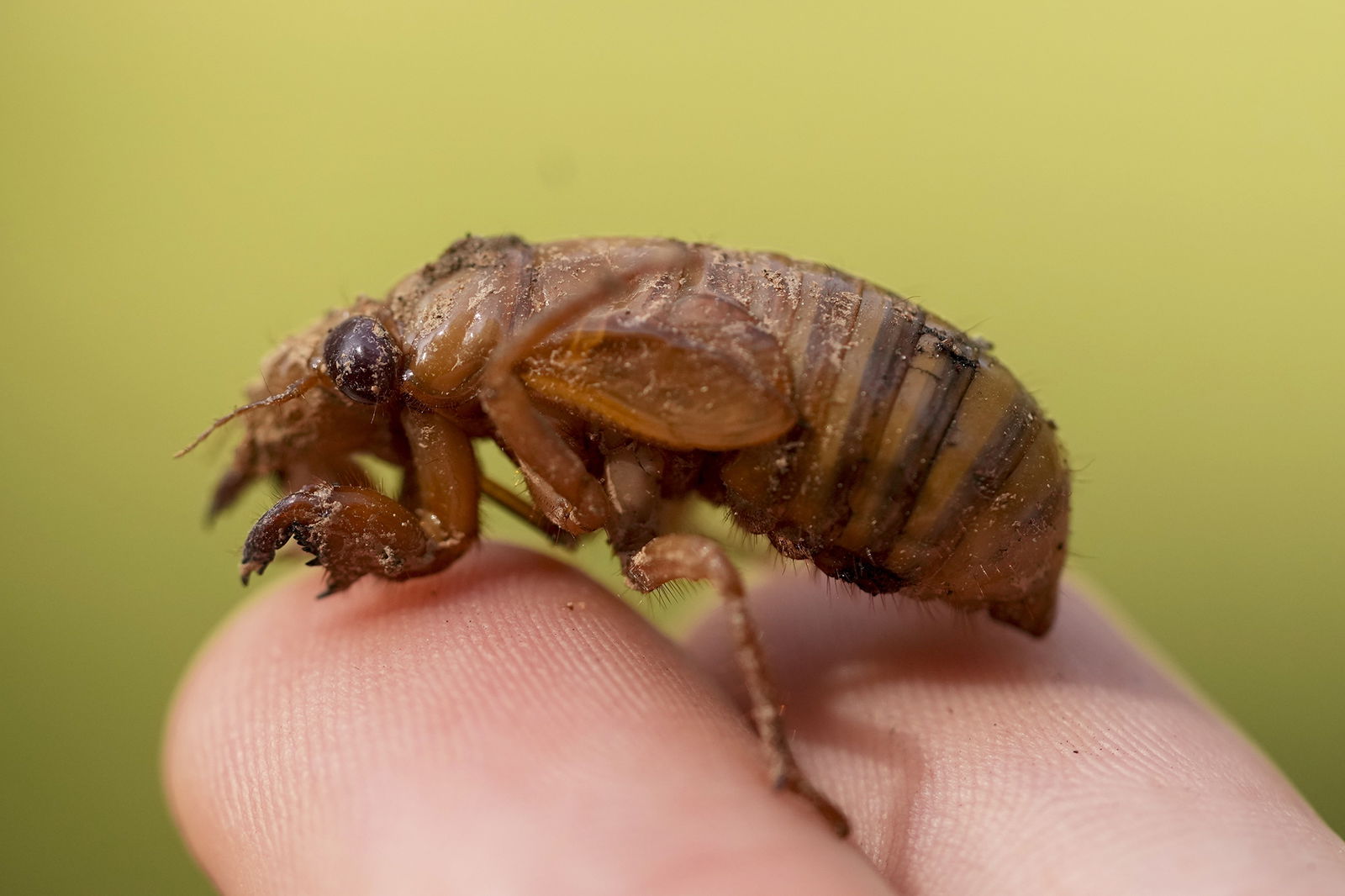More cicadas coming to Missouri this year in rare emergence

By Kyle Schmidt
Two groups of periodical cicadas will emerge from the ground at the same time in Missouri this year for the first time since 1803.
Brood XIX and Brood XIII will both show up this year.
“I think it’s really cool to be in the range of these species that are found nowhere else in the world except eastern and central North America,” said Carissa Ganong, associate professor of biology at Missouri Western State University. “This phenomenon of these species is either every 13 years or 17 years.”
She spoke about the sheer mass of cicadas emerging.
“Densities can reach up to a million cicadas an acre in emergences,” Ganong said.
Brood XIX will pop up around the majority of Missouri, and will be to the south of St. Joseph. This brood appears every 13 years.
Brood XIII appears every 17 years and will be farther to the northeast of St. Joseph.
These broods have some small differences to regular cicadas.
“They’re smaller than the typical annual cicadas that we see every year,” Ganong said. “The typical ones we see tend to be about an inch-and-a-half long, green or grey dark eyes, clear wings and the periodical cicadas are small, about an inch long, black and golden wings.”
There will be a small area where the two broods will intersect. The brood that emerges directly in St. Joseph will not emerge this year.
“There is a brood that emerges in northwestern Missouri,” Ganong said. “That last happened in 2015.”
While cicadas don’t necessarily hide, the department of conservation notes the main habitats that they can be found.
“Anywhere that has a lot of trees will be places you’ll see more cicadas,” said Dillon Freiburger, a natural history biologist with the department of conservation.
Freiburger expects late May to early June to have increased noise in the evenings.
Cicadas generally do not sting or bite humans.
“These insects are not venomous, they are not poisonous to humans,” Ganong said. “They are plate feeders so they can stab plants with their piercing/sucking mouth part.”
The abundance of cicadas also means that predators will have a hard time getting to them.
“One adaptation for these periodic species,” Ganong said. “They’re so many of them, there’s no way the predators will eat them all. It’s called predator satiation.”



